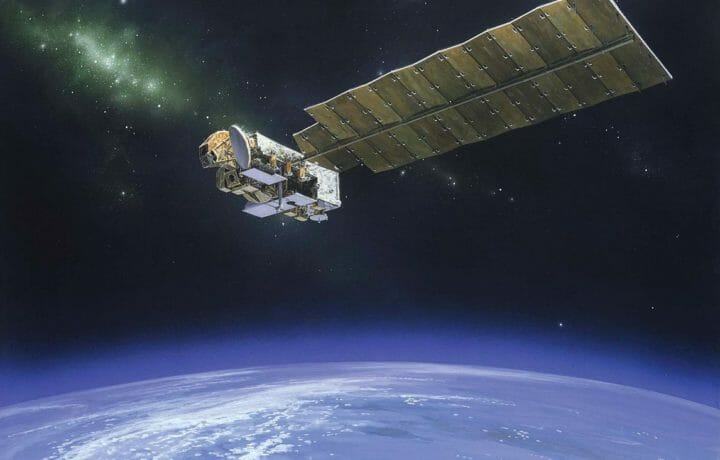When NASA astronaut Christina Koch looks out the International Space Station (ISS) windows and sees Earth below, she probably wonders how she’ll get home. The Russian Soyuz space vehicles that have lifted Koch and other astronauts to the ISS over the last eight years will no longer be available when her mission ends next year; and NASA and contractors’ efforts to develop replacement transportation are taking far longer than expected. As such, U.S. astronauts such as Koch face the possibility of going into next year with no way to fly to space—and potentially, no assured transportation home.
Koch arrived at the ISS in March 14 of this year and is slated to stay there through February 2020, a 328-day mission that will smash the world record for the longest duration any U.S. woman has spent in space—the previous record holder, astronaut Peggy Whitson, was in orbit for 288 days. Only one American has been up in space longer: male astronaut Scott Kelly, who logged 342 days in orbit. Few human space missions run anywhere near these lengths of time, in part because space travel is notoriously damaging to the human body.
Koch isn’t the only U.S. astronaut in this predicament. Jessica Meir is scheduled to arrive at the ISS via a Soyuz next month and to return home in spring 2020, but neither NASA nor Roscosmos (Russia’s space agency) have publicly confirmed what vehicle will bring her home.
NASA was, presumably, banking on having a new U.S.-made spaceflight vehicle ready in time to fly to the ISS next year and pick Koch and Meir up. NASA’s Commercial Crew program has been contracting with private companies since 2014 to develop such a vehicle, with the aim of launching the first uncrewed flights by the end of 2017.
Boeing’s Starliner launch vehicle won’t be ready for its first-ever uncrewed launch until this October, at the earliest. And while SpaceX carried out a successful uncrewed test deployment of its Dragon vehicle in March, the company put plans for a crewed flight on hold after an uncrewed Dragon exploded during a ground test in April.
The two companies still hope to carry out successful test flights before this year ends and to launch crewed test flights early next year. NASA is training a crew in Houston right now for a crewed flight.
But NASA officials are checking their expectations: The agency announced last month that its project timelines for Commercial Crew are currently “under review.” Translation: “We expect another round of delays.”
The Government Accountability Office (GAO) isn’t counting on a timely live launch, either. In a report a few months ago, it stated: “NASA should develop a contingency plan to ensure uninterrupted access to the ISS if delays persist beyond September 2020.”
And even if these test missions finally come to pass sooner than 13 months from now, that doesn’t mean a live mission will immediately follow. It could take several more months or longer for NASA and partners to evaluate the test results, inspect the vehicles and their systems, and certify them as fully ready for actual missions. This means, at best, a U.S. space transportation system up and running by early 2021. And a totally grounded U.S. space program for most, or even all, of 2020.
Long wait for a Soyuz seat
Ever booked an airline flight on Expedia? Well, booking a seat on a Soyuz flight is nothing like Expedia. Whereas that airline reservation takes only a minute to book, any Soyuz seat reservation is two to three years in the making, according to the GAO: It takes that much time for Roscosmos to build the vehicle—each one is only good for a single trip to space and back—and for NASA to negotiate a contract to secure a seat (or seats). No new NASA contracts are in the making, as far as we know, which means that any future seat reservation that NASA decides to pursue now will realistically not be possible until some time in 2022.
The Near Term Outlook
NASA still stands an arguably good chance of having its own space transportation ready by 2021. But it’s going to be in a bind before then. Astronauts down on Earth will have to be patient and bide their time before they get their chance to lift off into space. Meanwhile, aboard the ISS, Koch and Meir will have to keep up hope in their NASA colleagues’ ability to pull off an unexpected breakthrough in Commercial Crew vehicle development. Or, barring that, the U.S. government’s ability to majorly fast-track an arrangement to get seats aboard a future Soyuz.




